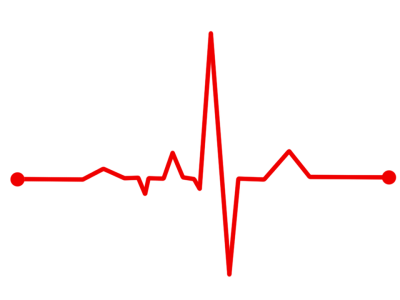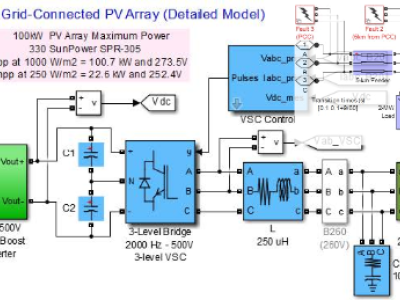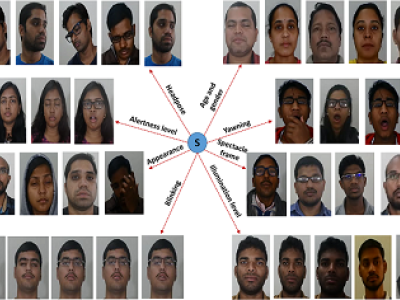1.8 GHz Radio Channel Measurements of Various Clinical Environments

- Citation Author(s):
-
Alexander Laß (Vodafone Chair Mobile Communications Systems, Technische Universit ̈at Dresden, Germany)Nick Schwarzenberg
(Vodafone Chair Mobile Communications Systems, Technische Universit ̈at Dresden, Germany)
Maximilian Greiner (Vodafone Chair Mobile Communications Systems, Technische Universit ̈at Dresden, Germany)Felix Ende (Else Kr ̈oner Fresenius Zentrum (EKFZ) for Digital Health, Dresden, Germany)Ralph Schneider (Else Kr ̈oner Fresenius Zentrum (EKFZ) for Digital Health, Dresden, Germany)Gerhard Fettweis (Vodafone Chair Mobile Communications Systems, Technische Universit ̈at Dresden, Germany) - Submitted by:
- Alexander Lass
- Last updated:
- DOI:
- 10.21227/6yzv-pd78
- Data Format:
 182 views
182 views
- Categories:
- Keywords:
Abstract
The data set contains raw channel-sounding data of 30 clinically relevant scenarios, captured in the university clinic of Dresden, Germany, and a script to analyze them. The measurement campaign was conducted in five environments:
- Infirmary (Inf)
- Emergency Room (ER)
- Intensive Care Unit (ICU)
- Hallway (Hall)
- Elevator (Elev)
The patients were performing various motion sequences:
- (Sup) Supine position
- (Sup+s) Supine position with a single person stepping into the line of sight (LOS)
- (Sup+m) Supine and multiple persons step into the LOS
- (Sup+r) Supine position and the patient performs rapid motions
- (Prone) Prone position • (Side) A side-side turn
- (Walk) The patient walks around the patient’s bed
- (Phys) The patient performs physiotherapy exercises
Every measurement scenario is a combination of an environment and a motion sequence (eg. Sup-Inf). The data contains the complex-valued system response of a wirelessly transmitted Zadoff-Chu (ZC) sequence at a center frequency of 1.795 GHz and a bandwidth of 30.72 MHz. No protocol information is contained in the data and 64 bits represent a sample. In-phase and quadrature components are represented by a 32-bit floating point number and stored in alternating order. For further information please refer to the GNU Radio File Sink documentation. Every 10 ms the system response is recorded by sending out a batch, containing multiple ZC sequences. Cross-correlate the stored system response with the transmitted ZC sequence to retrieve the impulse response. The files are named after the following scheme: {Name} {Date} {Time} {carrier frequency}MHz {sampling frequency}MSps {capture interval}ms.dat.
Instructions:
To extract the data, please refer to the following gitHub page: https://github.com/Anxum/Analyze-Radio-Channel-Measurements








